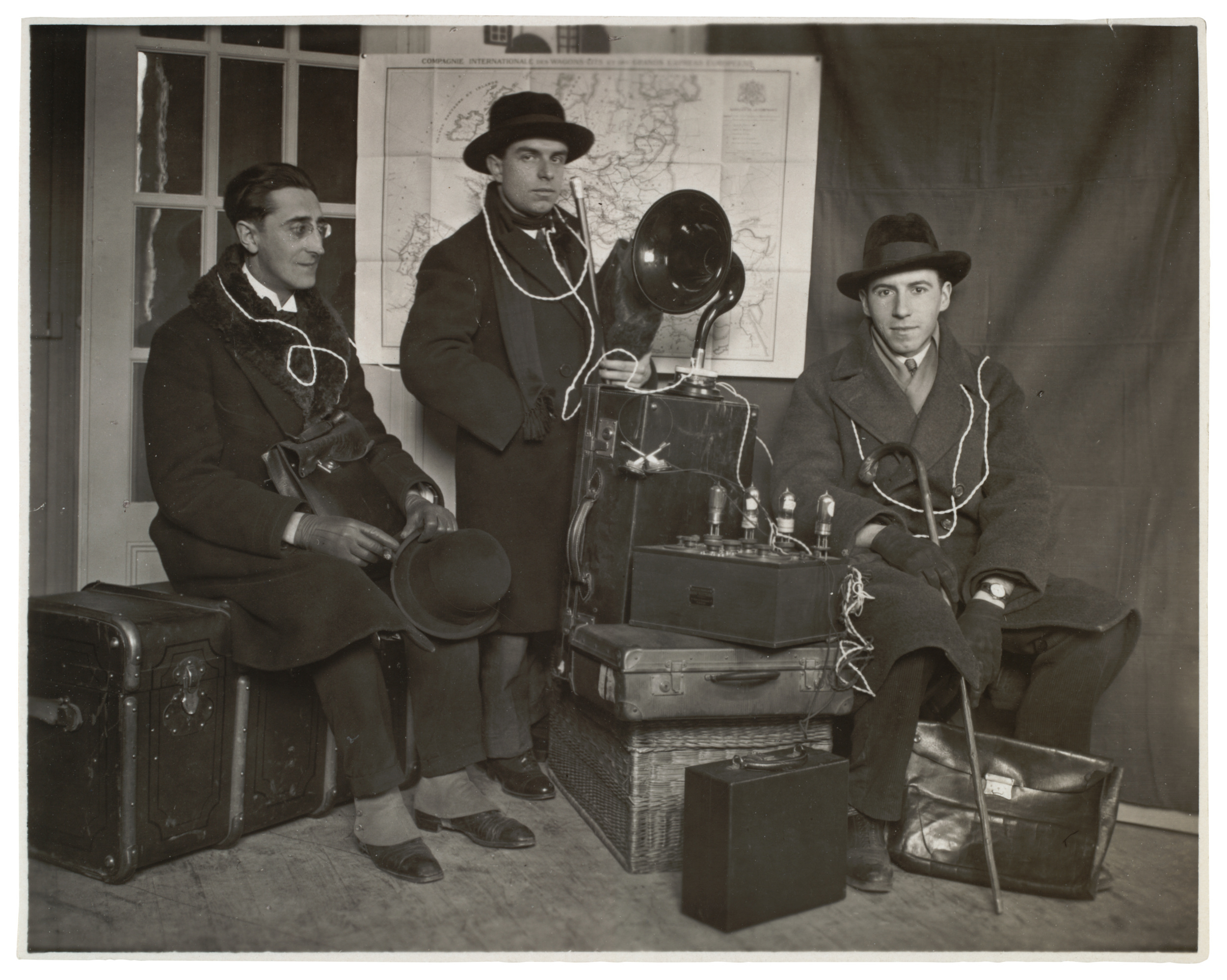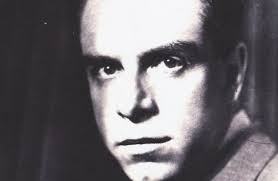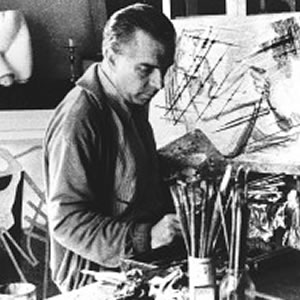
1894 - 1956
Enrico Prampolini

description
An Italian artist, an outstanding representative of the second wave of Futurism in painting, one of the first Surrealists in his country. Enrico Prampolini was an unusually gifted man who showed his talent in many branches of art. His contemporaries knew him as a theater set designer and designer, as well as an architect who created several fundamental works. Together with Gerardo Dottori, the artist worked in the style of aerial painting, creating works based on the feeling of flight, the features of the air perspective and speed.
Prampolini was one of the authors of the Manifesto of Mechanical Art, which proclaimed the dominance of machines in the world of the future and the close connection of new technologies with painting. The artist believed that contemporary art should be based on the use of mechanical elements from the world of industry. In his works, he praised the coherence and rhythm inherent in the work of mechanisms.
The painter’s art developed in close contact with the avant-garde movements of Europe. Prampolini knew Paris Cubists, and also took an active part in the work of the German Bauhaus movement. Being a supporter of the abstract geometric construction of the composition, which is characteristic of Italian Futurism, Prampolini gradually moved to a complete abstraction, including elements of surrealism.
Key ideas:
– In his works, he combined elements of a wide variety of techniques, styles and methods. The artist’s works are different: cubist collages, futuristic experiments with the transmission of successive phases of movement, surreal, mysterious images, completely abstract canvases.
– He praised the strength of the human spirit, its superiority over natural processes, which was made possible thanks to the inventions of modern civilization. The artist admired the strength and power of mechanisms and machines, believing that technological progress must necessarily be reflected in art.
– Prampolini’s vision of the world is distinguished by integrity. Focusing on a specific object or idea, he discarded all additional details, all non-essential, and left only the main characteristics of the object, revealing its true essence.
– He used saturated bright colours and simplified shapes. His art is characterized by the geometrization of objects and an emphasis on their dynamics, which is characteristic of the second wave of Italian Futurism.
– Prampolini worked mainly with large planes, filling them with contrasting local colours and placing them in simple geometric structures. Curving lines and blurry textures are used only as additions, emphasizing the direction of movement or pointing to the source of light.
– Surreal elements and smoother forms dominate in the author’s later works. Fantastic objects, scraps of dreams and fantasies indicate the artist’s keen interest in the manifestations of the unconscious. Many of his paintings contain images of cosmic objects and bodies, symbolizing the inextricable connection of consciousness and the universe.
1894
1912
1914
1915
1918
1922
1925
1929
1932
1945
1951
1956
The birth of the artist
Began to study at the Academy of Fine Arts in Rome

Joined Futurists

Published the manifesto Futuristic Scenography and Choreography

Organized an "independent art exhibition" at the "Epoka" gallery in Rome

He wrote the manifesto "Mechanical Art"

Moved to Paris

Joined the movement of aerial painting

Took part in the Exhibition of the Fascist Revolution

Became one of the founders of the Art Club of Rome

Took part in the exhibition "Abstract and Concrete Art of Italy"

The death of the artist

